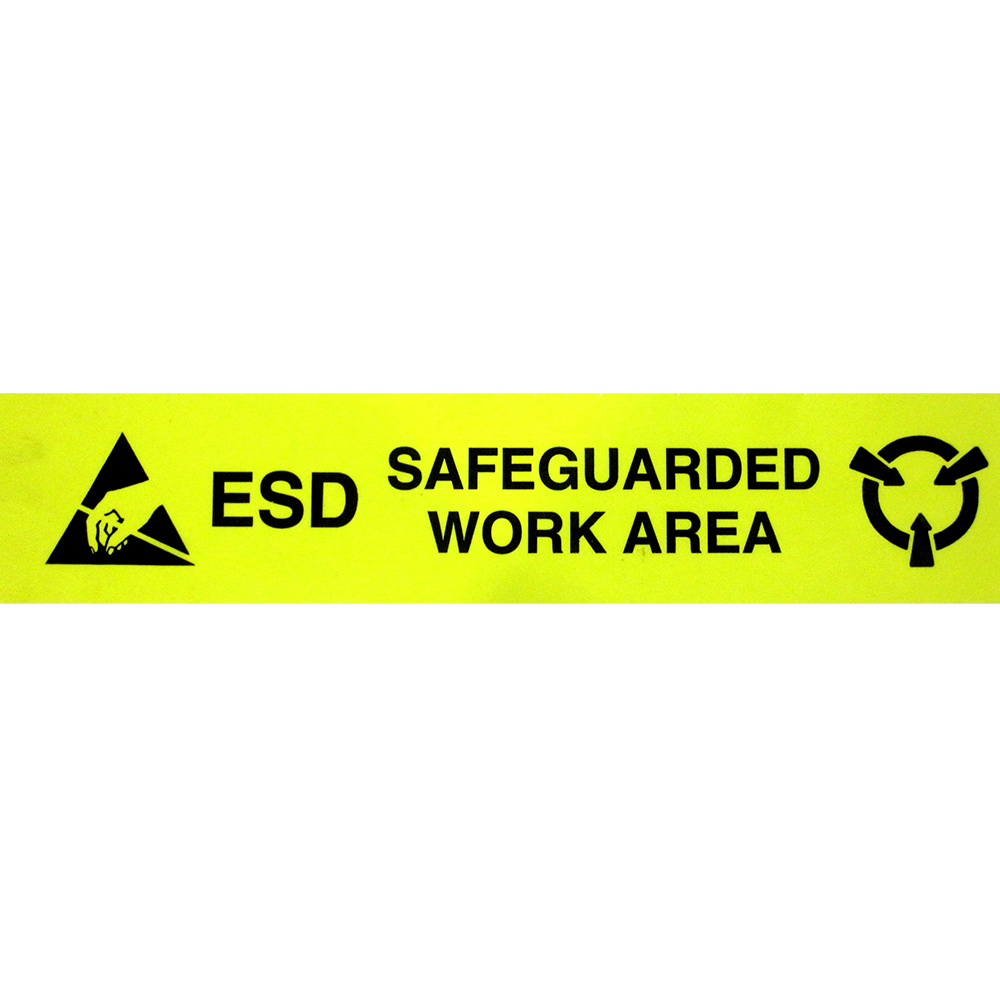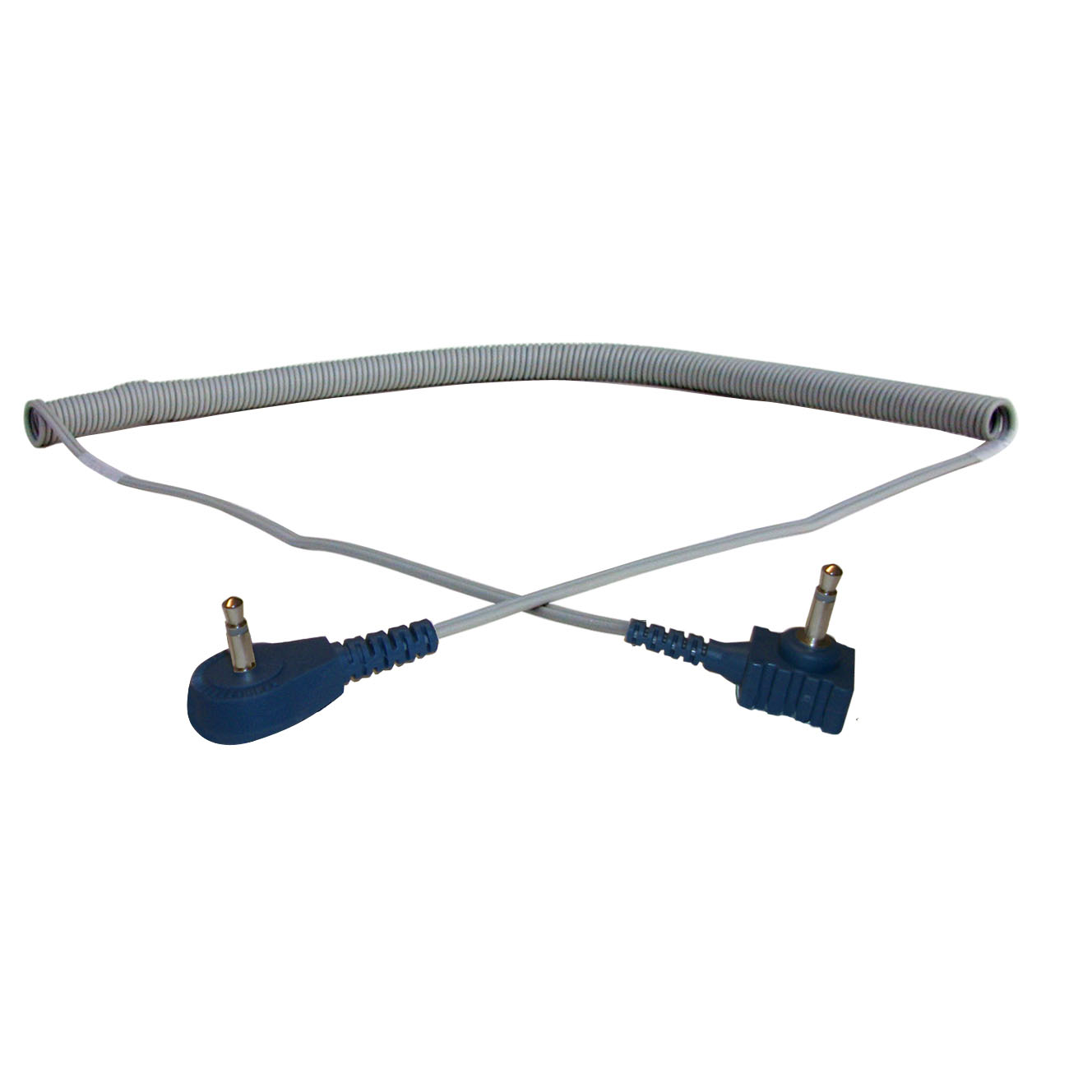Live Chat
ESD Portable Field Service Kits: Procedure and Care
ESD Protection in the Field Static damage is a constant threat anywhere micro-electronic com-ponents are used, but these components are at highest risk during servicing. The Transforming Technologies’ FSM2424 Field Service Kit is designed to quickly and reliably remove static charge on the service technician and provide a safe static-free…



